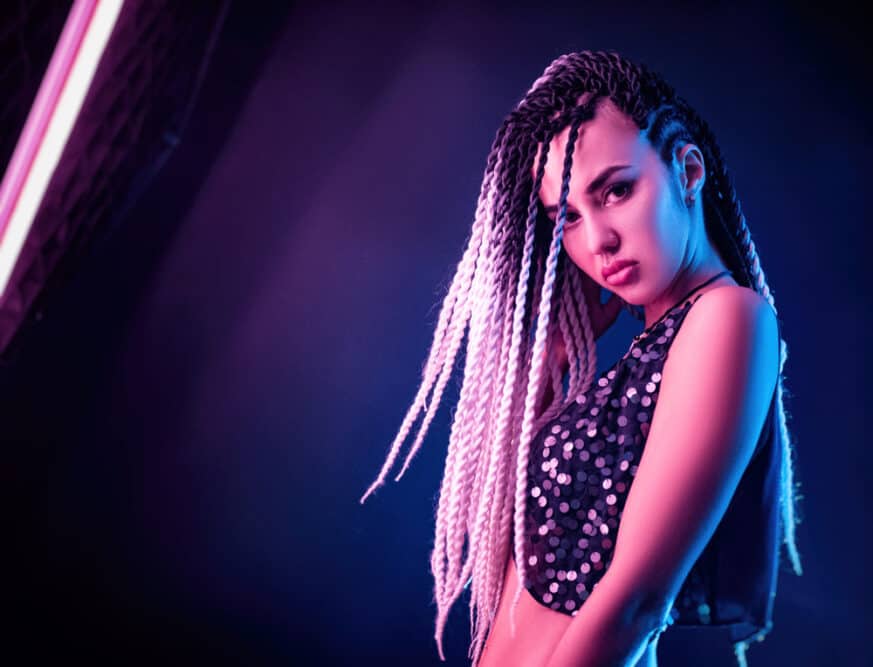
When you hear the word “braids,” what’s the first thing that comes to mind? For most people, it’s African culture. But did you know that Thai people are rumored to have worn braids throughout history?
If you’re wondering whether braids are part of Thai culture, you’re in for a treat. This article will explore the history of braids in Thai culture, the controversy surrounding Thai people wearing braids, and more. Let’s get right into it!
Table of Contents
Are Braids Part of Thai Culture?
In Thai history, hair has played a major role in many traditions. For example, Thai people believe that it’s bad luck to cut their hair on Wednesday. In the same vein, traditional Thai braids were deeply rooted in superstition.
During ancient times, three hairstyles were thought to help keep evil spirits away from children. Those were:
- Mud Chook – What’s known today as the top knot.
- Phom Pia – Braids
- Go – A ponytail
Phom Pia braids, which look very much like box braids, are one of the most common braid styles in Thai history. Part of the interesting history of Phom Pia is that adults often did the hairstyle on young boys (not girls) in ancient Thailand.
The style has faded in popularity as time progressed, but it is still part of Thai culture. However, most people who wear Phom Pia today are Thai women, instead of young boys like in generations past.
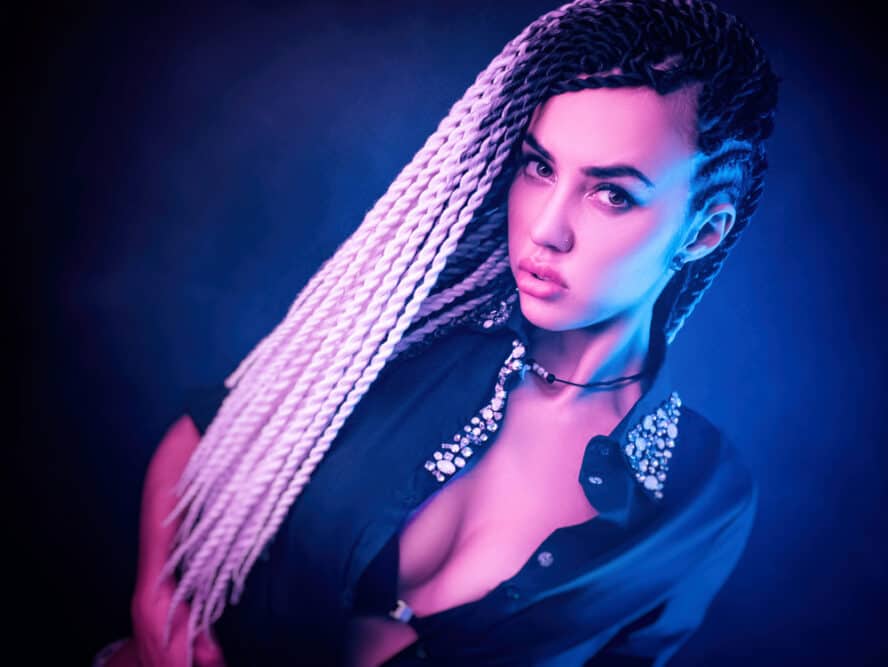
Phom Pia Thai Braids versus Box Braids
Some find it difficult to distinguish Phom Pia from box braids. At first glance, the styles look similar, but they are not the same.
The main difference is that Phom Pia braids are only done on the person’s natural hair, with no extension hair added. This element differs from box braids, which often incorporate braiding hair to add length and longevity to the style.
It should also be noted that Phom pia braids are not unique to Thai culture. Those of African descent have also worn these braids for centuries and these braids are still worn today among Black people.
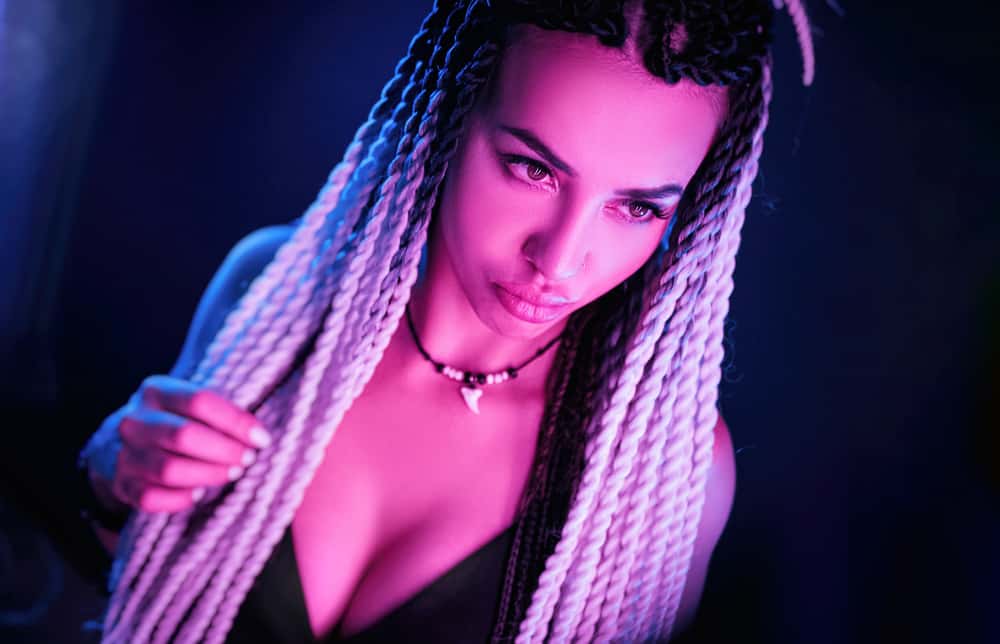
Are Braids Still Common in Thai Culture?
Despite evidence that braids were part of Thai culture in the past, many people do not believe they are part of Thai culture today.
If you look at the media, women in Thailand often have long, straight hair, which has become a hallmark of traditional beauty in the country.
Due to this, we infer that braids are not as popular by comparison. But it’s still important to remember that braids are part of Thailand's history even though they're not mainstream in the country.
Thai Braid Controversy Today
In recent years, there have been a few cases of controversy surrounding Thai celebrities wearing braids. One example of this was in 2020 when Thai music artist, Lisa, from BLACKPINK was shamed for wearing braids in her hair.
Some people felt Lisa shouldn't have worn the braids, and others felt an issue was made out of nothing. In the end, Lisa apologized for offending anyone with her hairstyle and said she learned from the experience.
Lisa’s experience isn’t unheard of. Another Thai celebrity, Grace Kanklao, came under fire in 2020 because she was seen wearing box braids to promote her new music.
While she did apologize for wearing a hairstyle that was not hers to wear, it brought up some crucial conversations about cultural appropriation.
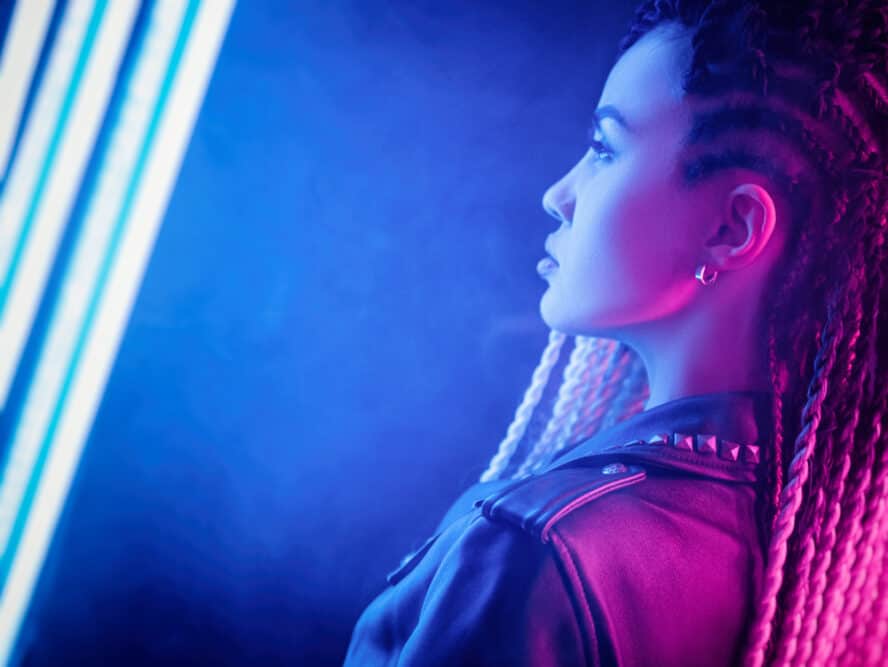
Can Anyone Wear Braids?
You may be wondering why the origination of a braid style matters. The truth is that hairstyles, especially braided styles, are intimately connected to the culture that birthed them.
That’s why people become offended when they feel their culture is taken lightly or misused by those who haven’t lived it or don’t have a real interest in it.
Still, you can wear your hair however you want - it’s your hair. Just know that there’s no way to guarantee that others won’t be offended by you doing so.
But if you want to avoid coming across as offensive to other cultures, you should only wear styles that are directly connected to your culture. Wearing a braid style connected to another culture may be considered cultural appropriation.
Regardless of your intentions in choosing to wear hairstyles outside of your culture, doing so may be offensive to those who are part of that culture.
If someone becomes offended by your hairstyle choice, try to understand where they might be coming from.
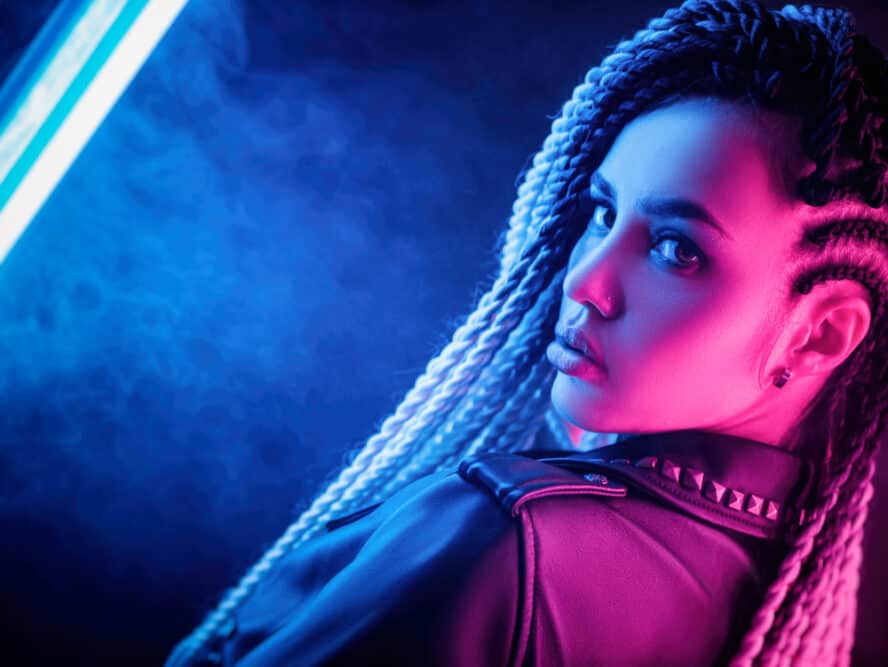
Cultural Appropriation in Thailand
Cultural appropriation is not a universal concept, meaning that it isn’t something that people everywhere give attention to or understand.
For example, when BLACKPINK’s Lisa faced backlash, it was found that many people in various Asian countries didn’t know anything about cultural appropriation and weren't quick to accept it.
Ignorance alone is not a reason to offend others, but it does add another layer of complexity to the discussion surrounding cultural appropriation as a whole.
On the other end of the spectrum are those who knowingly and intentionally partake in cultural appropriation.
There have been many overt cases of cultural appropriation by people of Thai descent, often featuring braids, big gold chains, and other stereotypically African American fashion and hair trends.
It’s cases like these that make people wary of Thai people (and other non-Blacks) wearing their hair in braids.
Thai Braids Today
While there are many mixed opinions on whether braids are part of Thai culture, you’ll still see Thai women wearing the traditional Phom Pia hairstyle and other types of braids from time to time.
Once you learn about the differences between Thai braids and African braids, it becomes apparent that certain braids are an acceptable choice for women from Thailand.
But as long as people remain uneducated about the historical significance of braids in Thailand, Thai women with braids may be looked at negatively.
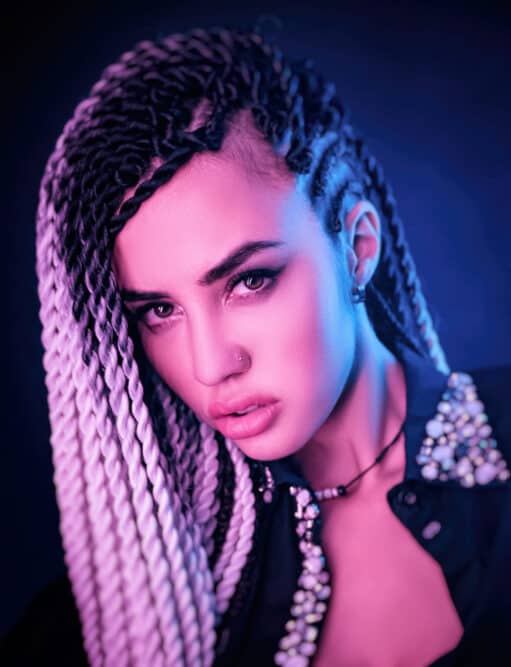
Top Hairstyles in Thailand
As braids are not commonly worn in Thailand, other hairstyles have replaced them as the most popular and fashionable. Here are three of the top hairstyles in Thailand today:
- Smooth and Straight: Due to the fact that the majority of Thai women already have straight hair, it’s no surprise that smooth, straight hair is en vogue. In many cases, the longer the hair is, the more beautiful the woman is considered to be. Variations on smooth, straight styles include: free-flowing hair with fringe bangs and money piece highlights to frame the face.
- High bun: The high bun is another style often seen in Thailand. It is usually worn by older Thai women and is a sleek, low-maintenance hairstyle. Variations of this style may include hair ornaments for a more elegant overall look.
- Fun Colors: Like countless other countries, Thailand has seen an increase in fashion hair colors, regardless of the haircut or style a person is wearing. From colorful ombre hairstyles to full-on pastels, it’s not unusual to see hues of pinks, purples, and blues on the heads of women throughout Thailand.
- Can Latinas Wear Braids?
- Did Vikings Have Dreads?
- Mexican Braids: Are Braids Part of Mexican Culture?
- Hairstyles for Asian Women
There you have it! While braids may not be as popular in Thailand today as they were in past generations, it’s important to acknowledge that they were worn by Thai people long ago.
It’s also worth noting that all cultural hairstyles are worth respecting, even if they aren’t as well-known as others – this applies specifically to Thai Phom Pia braids.
Regardless of your personal culture, we encourage you to express yourself as freely as possible while also being mindful of others’ cultures. And we hope this article has enabled you to learn more about Thai hairstyles and the tense issues surrounding the issue.




